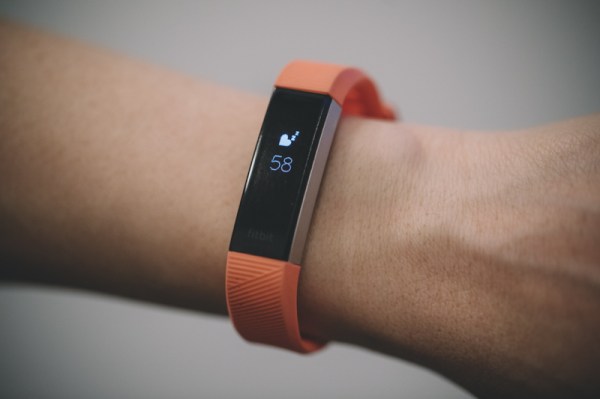Fitbit has eight different fitness trackers on the market right now. And while the company’s financials are downright troubling, it’s still shipping more product than every other wearable company. That’s due in part to tremendous name recognition, solid product design and mainstream appeal. The company offers eight different tiers of products, but they’re all design with everyone in mind.
The Alta HR falls somewhere in the middle. At $150, the price isn’t negligible, but it’s still cheap enough to be a populist device. It’s not designed with long distance runners or cross fit fanatics in mind – just people who are looking for some help to step up their game a bit. Walk more, stand up more often, maybe sleep a bit better and drink more water.
So we handed the device off to a first time wearable wearerer. By way of explaining her fitness history, our producer Veanne told me a story about how she and a friend used to stand outside the local gym eating burritos within eyeshot of poor, sweaty treadmill runners. (“I was in college” she says in her defense).
“But karma caught up to me,” she added. “Now I’m in my 30s, everything is lumpy. I’m wheezing walking up two flights of stairs and it sucks. I’m trying to take better care of myself.”
So opportunity presented itself in the form of a salmon-colored Fitbit Alta HR review, a $150 piece of wearable technology that she wouldn’t have gone out of her way to buy herself. But she’s spent the last week wearing it around and mostly enjoying the experience. It’s not a love story, exactly, but it’s a blossoming relationship, even if it’s one that ultimately ended, as so many do, with one party floating face down in the toilet.
Doesn’tquitefitbit
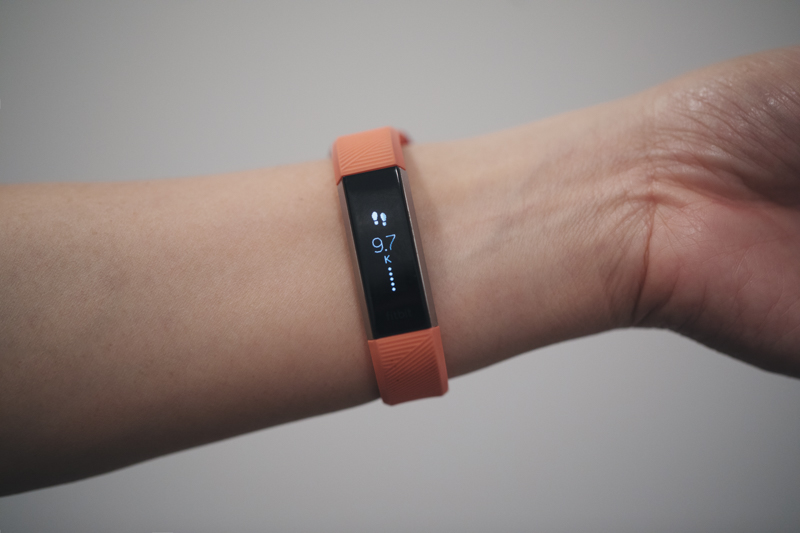
A Fitbit should fit. It’s right there in the name. But the one-size-fits-all approach is an on-going issue with wearables in general. Some, of course, are worse offenders than others. The Galaxy S3 and LG Watch Sport immediately spring to mind. The bulky devices are pretty representative the male-centric approach many manufacturers take with their devices.
Fitbit’s certainly more populist in its product design. The company is mainstream to a fault, and nothing in the company’s line comes anywhere near those smartwatches’ insane bulk. The company offers bands up in different sizes as well, but the module itself is the same on both. At 5’4″, our intrepid producer is an inch shy of the average height for an American female, but still found the Alta a bit uncomfortably large when she first tried it on.
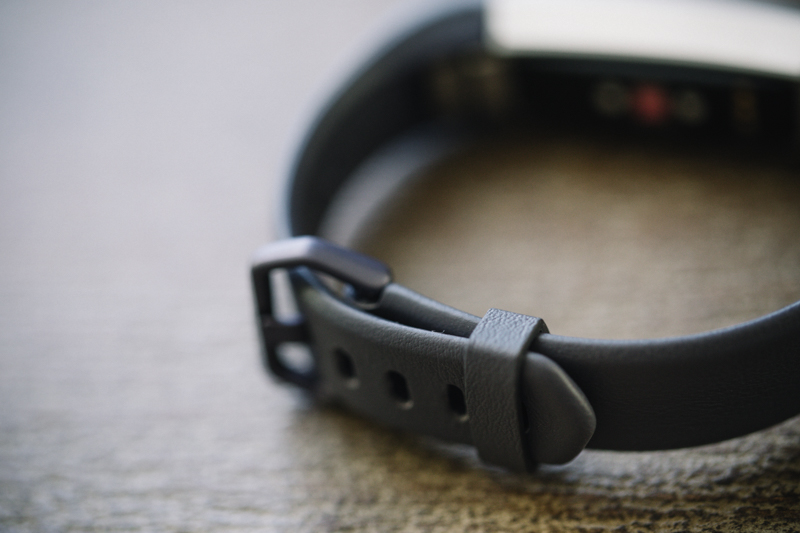
“It’s a bit too big for me,” she explained. “I actually have to wear it backwards for it to fit,” meaning that, in the week that’s elapsed, she’s worn the device with the display facing down. When she needs to check notifications, she turns her wrist over. Not the end of the world, but not ideal.
Also, stylistically, it’s one of the nicer pieces of hardware the company has produced. Though, as Veanne will happily advise, just don’t get the salmon-colored one. I, too, can confirm that it’s not a great look.
Life coach
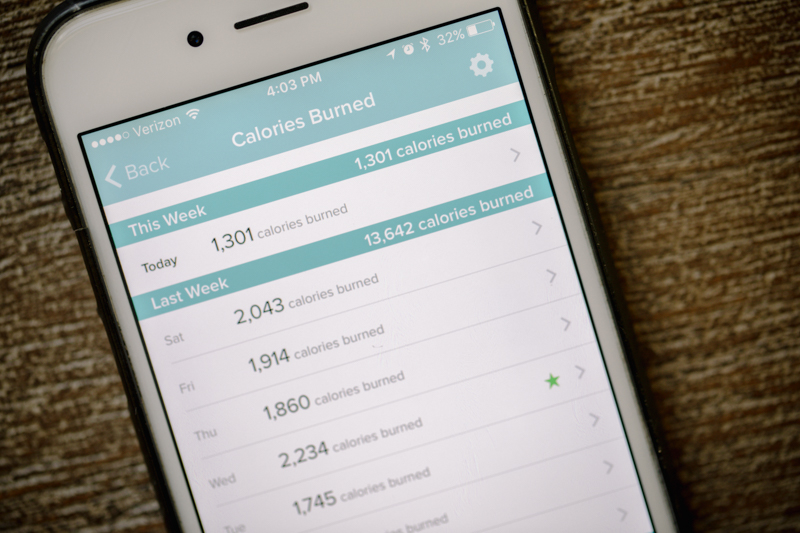
Wearability aside, Veanne told me that she’s pretty well won over by the thing – or at least the notion of fitness trackers in general. And certainly Fitbit offers one of the more polished experiences in its category. The driving factor there has been one of the key appeals of fitness trackers all along: motivation.
There’s the inherent motivating factor of simply buying and wearing the thing, like tying a piece of string around your finger to remind you that really shouldn’t just be sitting around all day. Fitbit’s also improved its movement reminders over the years, giving your wrist a buzz when you’ve been sitting around too long, editing a video in Veanne’s case.
“I like the little reminders,” she said. “I’m on deadline, I’m setting at my desk and there’s a little beep to take 200 steps. I don’t know how much healthier I am. I haven’t lost any weight, but I feel better.” So, definite net positive on that front, as her goal has quickly shifted from 5,000 to 10,000 steps a day in the week or so she’s worn it.
Sleep tracking has been improved for most of Fitbit’s line, offering a more detailed view of different sleep levels, thanks in part to the inclusion of optical heart rate monitoring on the back. Veanne said the tracking seems mostly accurate, though it sometimes misses her wake time as she doesn’t immediately jolt out of bed in the morning,
Also, she generally doesn’t find the whole sleep tracking thing as motivating as the fitness aspects. “The app is embarrassing and it’s a constant reminder that I’m not getting enough sleep.” A video producer’s work is never done.
Long-term fitness
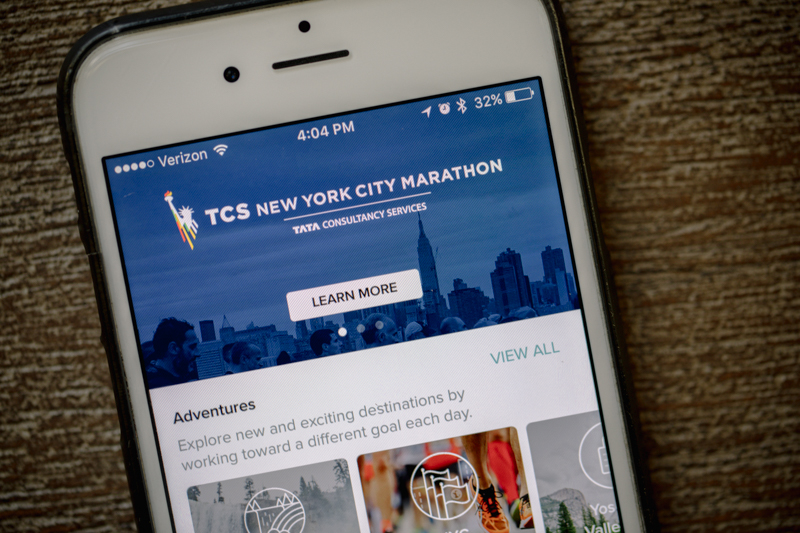
The battery is, as promised, quite good. The company says it’ll get you a full week on a charge. Her experience was closer to six days – still, not bad. You really don’t want to have to charge the thing any more frequently than that, particularly when you’re supposed to wear the device to sleep.
The touchscreen, meanwhile, can be a bit “finicky,” she said. “I keep having to find the sweet spot to get it to work. I wish there was a button.” Unlike the Charge, the Alta doesn’t have any physical buttons, so when the touchscreen doesn’t work great, that’s a bit problematic.
Oh, and the Alta isn’t waterproof – a lesson we learned the hard way. It really ought to be a standard feature in wearables in 2017, so you can swim, shower or, as is the case with this sadly lost device, drop it in the toilet. It’s not recommended, but you know, shit happens. We’ve all been there, and it’s nothing a few rinses shouldn’t cure.
We can work it out
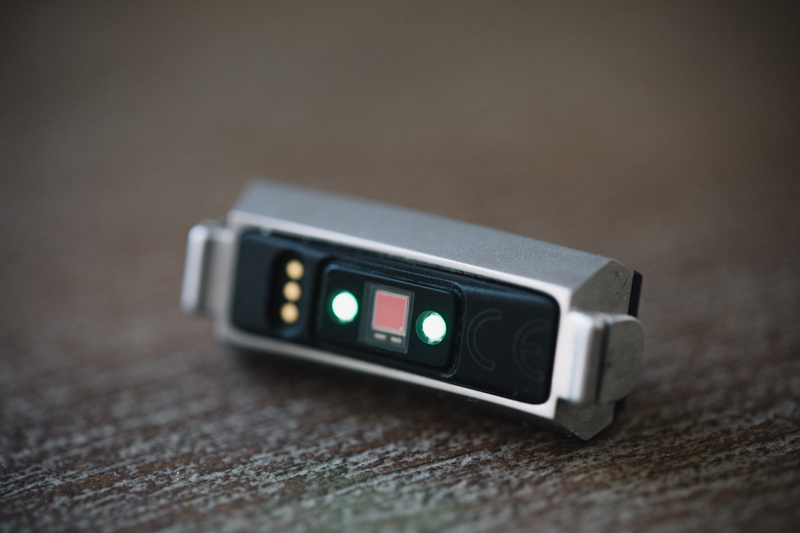
So, all in all, a positive experience. We’re still hoping to bring the device back to life, but maybe you’ll want to consider that $40 warranty. It’s also worthy considering a less expensive device. The Fitbit Flex, for example, has much of the same functionality, without the heart rate monitor or display, neither of which seem to be a deal breaker for Veanne.
And then there’s those insanely cheap wearables like Xiaomi’s Mi Band, which are rapidly eroding Fitbit’s marketshare on the low-end. Though Fitbit does offer one of the most polished end to end fitness band experiences on the market – assuming you keep the toilet lid down. Karma can be a real bummer.
